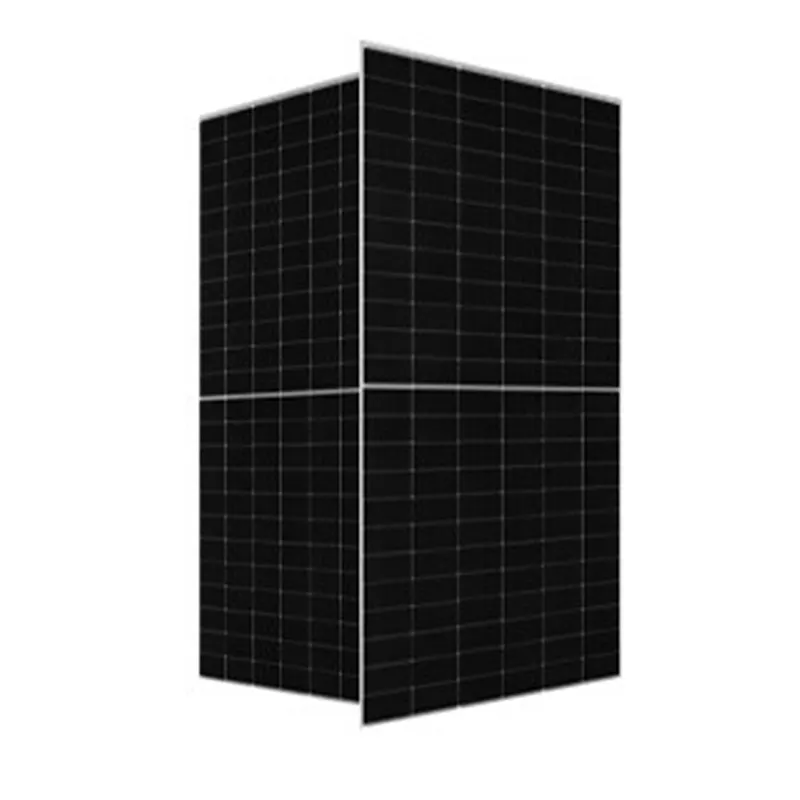roof solar panel size
Understanding Roof Solar Panel Size Key Factors and Considerations
Solar energy is becoming an increasingly vital source of renewable energy in our quest to reduce carbon footprints and combat climate change. As more homeowners and businesses turn to solar power, one of the most crucial aspects to consider is the size and installation of roof solar panels. Understanding the significance of solar panel size can help you make informed decisions about your solar energy system, ensuring that it meets your energy needs efficiently and effectively.
What Influences Roof Solar Panel Size?
The size of roof solar panels is influenced by several factors, including the available roof space, energy demands, panel efficiency, and specific installation requirements. Each of these elements plays a pivotal role in determining how many panels you’ll need and their respective size.
1. Available Roof Space The first consideration is the amount of space you have on your roof. Roofs come in various shapes and sizes, which can affect how many panels can fit. It's essential to assess the area you have available for installation, considering any obstructions such as chimneys, vents, or satellite dishes. A clear, unobstructed area will allow for maximum panel placement.
2. Energy Demands Another critical factor is your energy consumption. To determine how many solar panels you will need, it’s essential to evaluate your average monthly electric usage. Utilities often provide an annual report or a monthly statement that reflects your energy usage in kilowatt-hours (kWh). By understanding your energy demands, you can calculate the number of panels required to offset your power consumption effectively.
3. Panel Efficiency The efficiency of solar panels, which typically ranges from 15% to 22% for common residential models, will also affect how much power your panels can generate. Higher efficiency panels produce more electricity per square foot, meaning fewer panels are needed if space is limited. However, it’s important to balance efficiency, cost, and space when selecting the right panels for your system.
roof solar panel size

4. Installation Requirements Each solar panel system must meet specific installation criteria, including tilt angle and orientation. The direction and angle at which solar panels are installed can significantly affect performance. South-facing roofs usually receive the most sunlight throughout the day, making them ideal for solar panel placement. Understanding these requirements can help you maximize the efficiency and output of your solar energy system.
Calculating the Size of Your Solar Panel System
Once you assess these factors, you can begin calculating the size of your roof solar panel system. A typical residential solar panel produces approximately 250 to 400 watts. To calculate the number of panels needed, divide your monthly kWh usage by the amount of electricity generated by a single panel in a month (taking into account average peak sunlight hours in your area).
For example, if your monthly household energy consumption is 900 kWh and you use 300-watt panels, you’ll produce about 45 kWh per panel per month (assuming an average of 5 peak sunlight hours per day). Dividing 900 kWh by 45 kWh gives you about 20 panels.
Conclusion
Choosing the right size of roof solar panels is critical for optimizing the performance of your solar energy system. By carefully evaluating your available roof space, energy demands, panel efficiency, and installation requirements, you can determine the ideal number and size of panels for your home or business. Not only will this assist you in making an informed investment, but it will also lead to better energy savings and a positive environmental impact. As renewable energy continues to gain traction, understanding solar panel sizing will be a crucial aspect of transitioning towards a sustainable energy future. Plan carefully, and you will reap the benefits of one of the most efficient and clean forms of energy available today.
-
Understanding the Advantages of Solar String Inverters for Your Energy SystemNewsApr.29,2025
-
Choosing the Right PV Inverter: A Comprehensive GuideNewsApr.29,2025
-
The Future of Solar Power: Exploring Bifacial Solar PanelsNewsApr.29,2025
-
The Complete Guide to Solar Panels: Efficiency, Cost, And InstallationNewsApr.29,2025
-
The Best Options for Efficiency and Cost-EffectivenessNewsApr.29,2025
-
Harnessing the Power of Off-Grid Solar Inverters for Energy IndependenceNewsApr.29,2025







